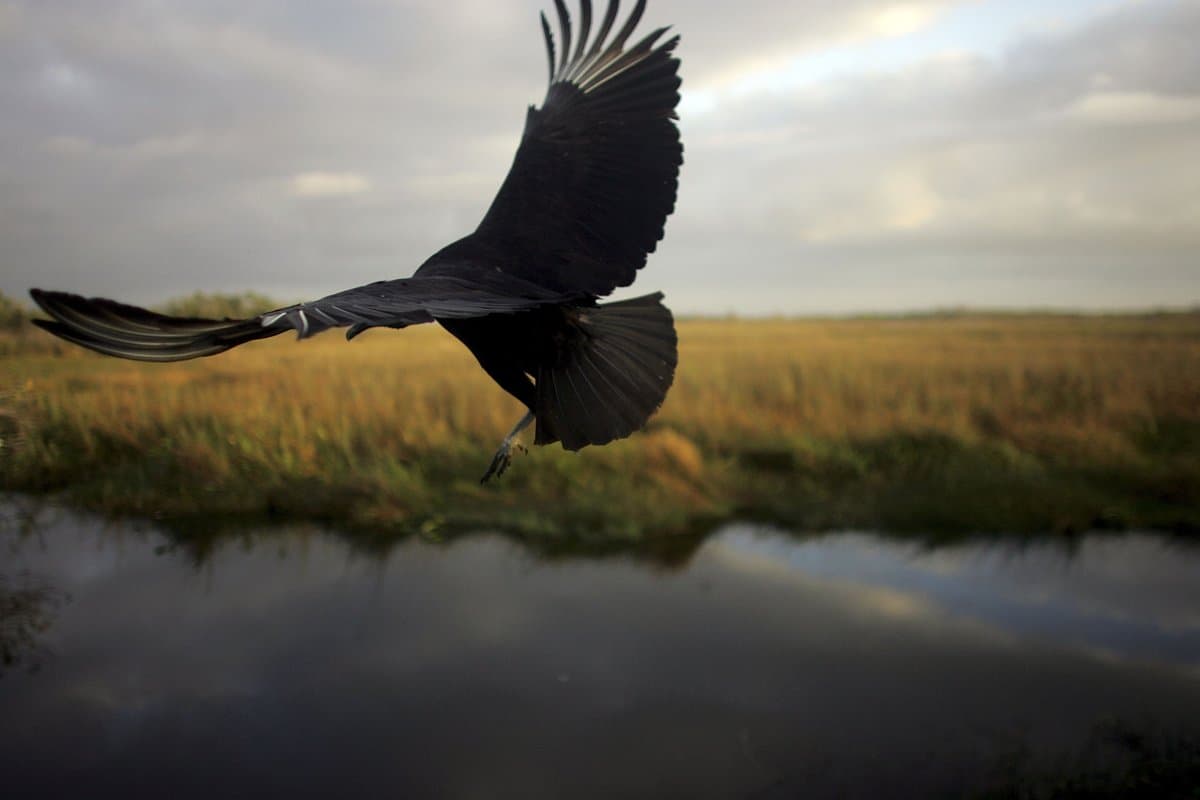View attachment 4459018
Just this morning.
We've been feeding a small herd every year since we moved up here. I put down a half-bag of cracked corn every time that I leave the property, and sometimes my daughter likes to drop some apples or carrots. At any point during the day, you can literally look out the window and there's a doe stopping for a drink, or small group taking a nap out in the pine needles. For a while last year they were tame enough to sleep right on the carpet in the fucking garage. It really starts to get nuts around rutting season. Gorgeous animals.











